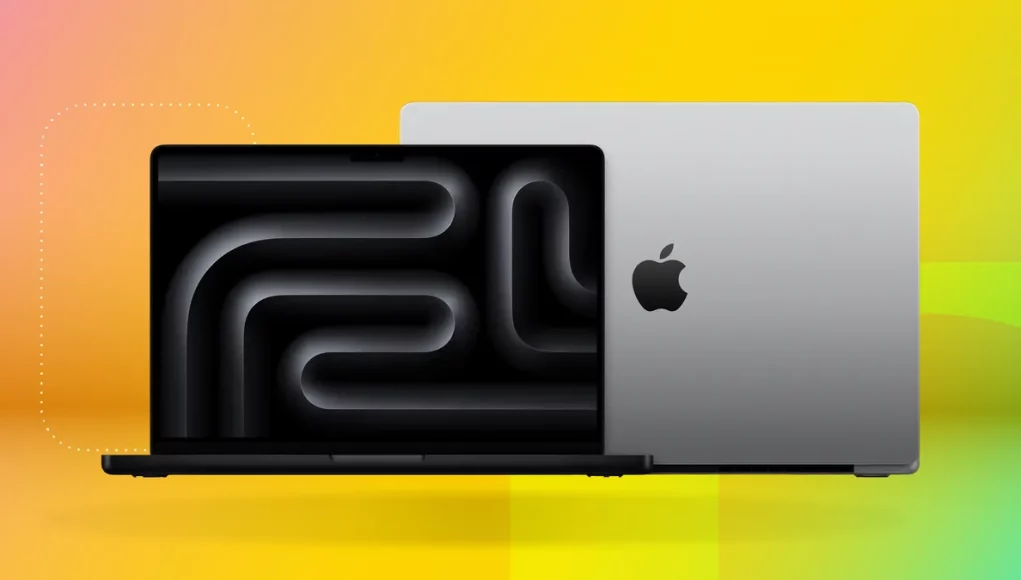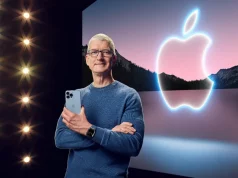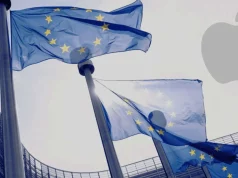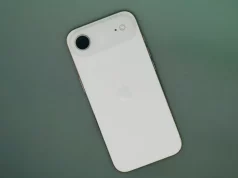The new M5 14-inch MacBook Pro announcement sparked lively discussion—and a fair bit of confusion—after it emerged that units sold in the UK and EU will ship without a power adapter in the box.
Many assumed this was due to European regulations banning the inclusion of chargers with new electronic devices. That’s not actually the case.
What EU law really says
The European Union introduced new rules to reduce electronic waste (e-waste), addressing two main problems: incompatible charging ports and unnecessary redundant chargers.
First, different manufacturers have historically used a variety of charging connectors—ranging from MicroUSB and MiniUSB to USB-C and proprietary barrel plugs. When people upgraded their devices, perfectly functional chargers often ended up in drawers or landfills.
To streamline this, the Common Charger Directive requires new electronic devices to use USB-C as the standard charging port. This ensures compatibility across brands and significantly reduces waste.
Second, the EU recognized that many consumers already own multiple charging bricks. To avoid overproduction, the law requires manufacturers to offer buyers the option to purchase a device with or without a charger. The key word here is “option.”
What this means for Apple
There are two important clarifications about what the law does not mandate:
- It doesn’t forbid companies from supporting multiple charging standards. For example, Apple’s MacBook Pro
includes both MagSafe and USB-C charging options, which is fully compliant. - It doesn’t prohibit including a charger at no extra cost. Manufacturers simply must allow consumers to choose
whether they want one.
So, Apple could legally continue including a charging brick—or at least offer it free of charge upon request. Instead, the company has chosen to sell it separately.
From a logistical standpoint, creating separate packaging for “with charger” and “without charger” versions across EU markets would be inefficient. Apple’s uniform packaging makes sense. But the choice to charge customers for the adapter is a business decision, not an EU legal requirement.
In other words, nothing in EU law prevents Apple from including the power adapter—it simply doesn’t have to.










